In 2024, Google’s Play Store had 102.4 billion downloads, and iOS was responsible for 35.4 billion downloads. These statistics are enough to tell us just how important mobile applications are for businesses nowadays.
If you are reading this guide, chances are that you might be looking for insights on app development and how it can help your business. Well, first off, mobile apps are changing the business game in every industry. So, it’s time for you to gear up and understand its lifecycle to create the best user experience.
At MobiWhiz, we want you to make the best choice possible in this complicated world of business. To find out how much mobile app development can boost your business, let's get on with this guide together.
Importance of Mobile Apps in Today’s Business World
Smartphones have become an integral part of our lives. With over 6.3 billion smartphone users around the world, you can only imagine how much time we spend in front of our mobile screens.
While using smartphones, people are not just scrolling through their photo gallery; they are spending an insane amount of time on mobile applications. Reports indicate that 15.21% of Millennials open an app 50 times or more per day.
An average smartphone user has around 60 to 90 mobile applications installed on their phone, and more than half of these are for products and services they use.
Imagine the opportunities for businesses to connect with their customers through a direct channel with their customers. They can provide an excellent user experience by creating and designing applications that enable users to access information, services, and products at any time and from any location. Push notifications allow users to receive customized offers straight from their app, boosting user engagement and fostering client loyalty.
Who Can Benefit from this Guide
We have compiled this guide for a diverse set of audiences, from innovators, professionals to all those who share common goals of building mobile applications.
Entrepreneurs Launching Their First App
For entrepreneurs, mobile apps are a core part of their business. This guide will help you turn your content into usable products. It will walk you through the process of compiling market data, studying your rivals, and deciding on a particular problem that your app will try to solve.
You'll discover how to identify the features that are necessary for your app to launch and collect user feedback. Additionally, it will save you a significant amount of time and money.
This guide will also help you make informed decisions that support your business objectives, from choosing a development platform (iOS, Android, or both) to understanding the different monetization models.
Product Managers Scaling Digital Solutions
You’ll find the guide offers a comprehensive framework for product managers to help them understand the mobile application development process. It will help you ensure that your app meets both your users’ and business objectives.
You will discover how to prioritize features according to user behavior and research. It guarantees that you are able to create a product that appeals to your target market. You'll also learn how to monitor key performance indicators (KPIs), measure app performance, and use analytics to make better decisions. This enables you to scale and enhance your digital solution over time.
Developers Hoping to Learn Mobile App Development Lifecycle
In this guide, we explore the stages of app development that can be beneficial for new app developers. It will help you get a complete understanding of what each stage of mobile app development aims to achieve and deliver.
Additionally, this guide will also help you get a clearer picture and let you plan your first app development process with a better understanding of technologies, customer expectations, and research.
Quick note: At Mobiwhiz, we’ve helped launch 100+ apps across industries like fintech, healthcare, and e-commerce—this guide distills our proven process.
Stages of App Development
Now that we have discussed who this guide is for, let's dive into the stages of app development step-by-step.
Stage 1: Ideation
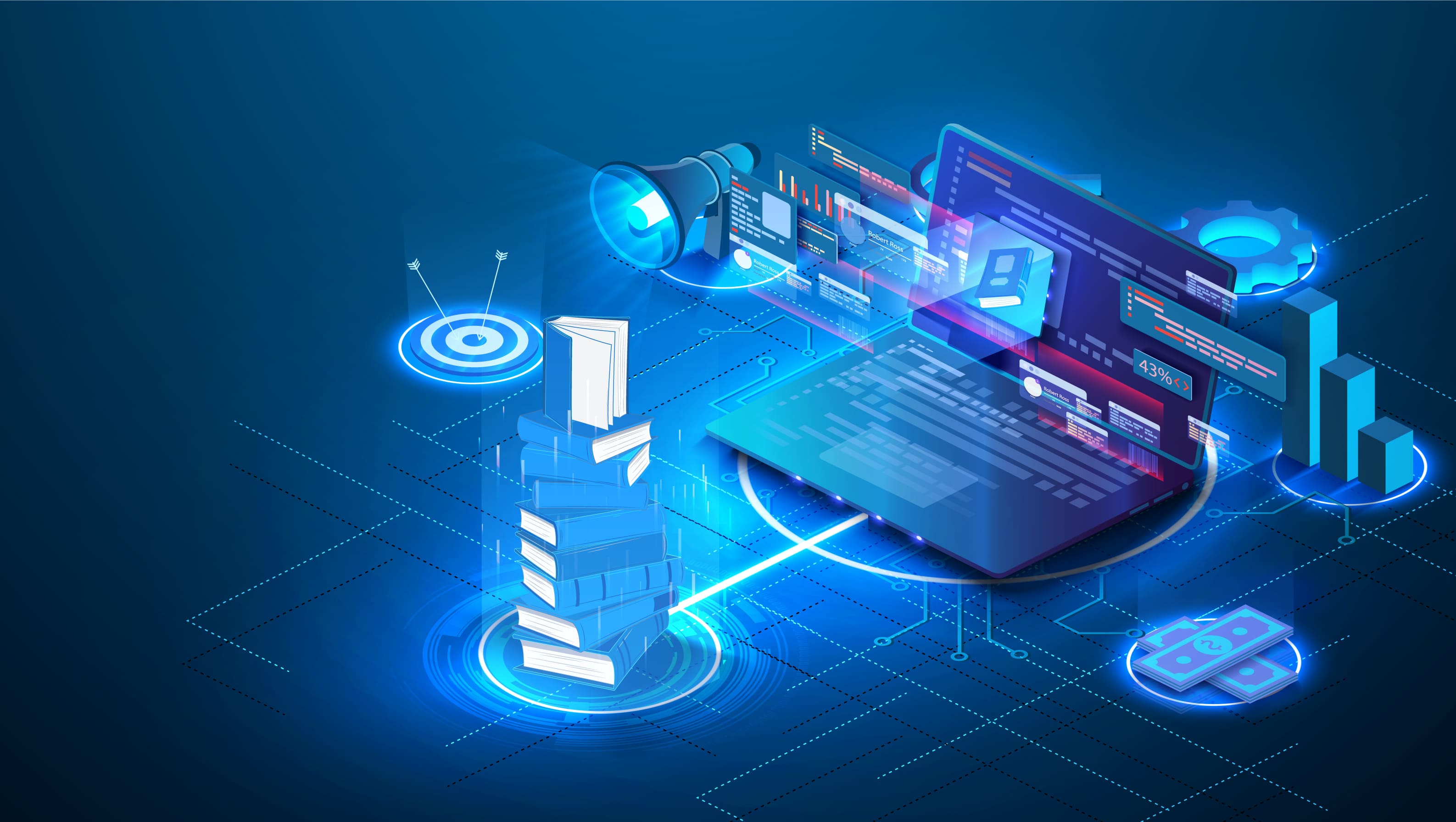
Your app concept begins to take shape during the ideation stage. It's a methodical process of strategic planning that involves an investigation into how your vision can translate into a functional app. This phase guarantees that the product you're developing not only meets a genuine market need but also has a clear route to success.
Market Research
Before you jump into the development process, take a look at the examples of mobile application development in your industry and see how they perform.
Thorough market research helps identify the needs of your app in the market. Are others trying to find a solution similar to yours? Does the market exhibit any noteworthy patterns or gaps? This is about gathering information, not making assumptions. To determine interest, you can utilize resources such as Google Trends, survey data, or social media conversation analysis.
Analyzing your competitors in-depth is the next step. While we're not advocating for you to imitate them, it's crucial to know what other apps excel at and where they fall short. Determine who your direct and indirect rivals are. To get a better understanding, you should look at each competitor's:
- Features:What features are available?
- Pricing: How do pricing models generate revenue? (For instance, in-app advertisements, one-time purchases, and subscriptions)
- User Reviews: What aspects of the app do users like and dislike? A wealth of information can be found in the app store reviews.
- Marketing Strategy: How do they connect with their intended market?
User Personas
You're creating an app for certain users, not for everyone. You need to create user personas based on actual data and market research. They are semi-fictional depictions of your users and include their goals, pain points, motivations, and behaviors.
For example, if you are planning to build a restaurant app, your user persona might be “food lover, Andy”. Andy might have the behavior of a foodie and motivation to try all good restaurants, and his pain point might be that he doesn’t have a lot of time to think about what he wants for dinner. He wants quick suggestions, so build an app that can do just that for him.
Ready to create an app that stands out?
MobiWhiz is your innovation partner. We specialize in building mobile applications that attract users and bring tangible business results.
Business Goals
You must specify the main business objectives you wish to accomplish during the ideation stage. These goals must be SMART (Specific, Measurable, Achievable, Relevant, and Time-bound).
- Return on Investment (ROI):How will your app generate revenue? You need a clear monetization strategy, whether it's through subscriptions, in-app purchases, or lead generation.
- User Engagement: How are you going to keep users loyal? This can be measured using metrics such as average session duration and daily or monthly active users (DAU/MAU).
- User Retention: How are you going to keep users from removing your app? A key indicator of how many users are still active a given amount of time after their initial use is the retention rate. A valuable and sticky product is indicated by a high retention rate.
At Mobiwhiz, we recognize that even the most brilliant ideas can occasionally feel abstract. For this reason, we have created a strategy to close the gap between an idea and a tangible plan. We collaborate with you during our ideation workshops to:
- Check your concept against market data.
- Convert user complaints into useful features.
- Set feature priorities to produce an MVP that can be effectively launched.
- Make sure every development choice supports your overall goals by coordinating business objectives with the technical roadmap.
Stage 2: Design
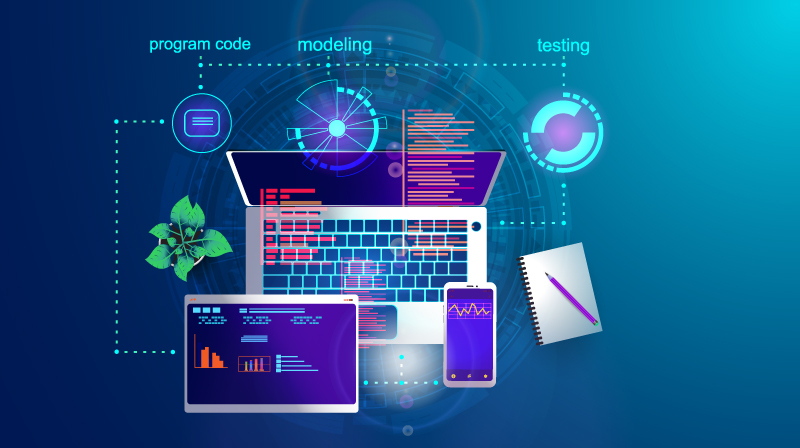
Once you have a clear roadmap from the ideation phase, it's time to move on to the second stage, which is giving your app a makeover. The user interface (UI) and user experience (UX) are created carefully during this phase, which involves transforming your vision into an aesthetic and useful blueprint that works as a direction for the development process.
UX Research, Wireframing, Prototyping
The first step while creating a great app for your business is knowing how your audience will interact with it. UX research is helpful in this case. It involves using techniques such as interviews, surveys, and usability testing to gather information about their needs and behaviors to tell you exactly what users want from your app.
The next step is wireframing, which is a process that turns this research into a physical design. Think of it as the architectural blueprint for your app. Wireframes are layouts that emphasize the structure, content, and functionality of each screen. They help you see the transition between screens to get an idea of how the app works.
Prototypes take wireframes a step further in the design process. It is an interactive, clickable model of your application that helps you understand the user experience. Even though it's not the finished product, it gives you input on the design and test the user flow before writing any code.
UI Design Principles
UI is about the form of your mobile application. An excellent UI enhances the aesthetics and usability of your app. Several fundamental ideas guide an effective UI design:
- Consistency: This means maintaining consistency in the app's iconography, colors, button styles, and fonts. A consistent UI makes the app feel more polished while also making the learning curve easy for users
- Branding: Your app's user interface must represent your company. To ensure that users have a positive experience throughout, the color scheme, typeface, and visual style should all reflect the personality of your brand to make it memorable for the users.
- Accessibility: Everyone, including people with disabilities, should be able to use your app. This includes using colors with a lot of contrast, providing alternative text for images, and making sure that screen readers can easily navigate. Prioritizing accessibility makes your app appealing for minority users, which is important in today’s world of inclusivity..
Importance of Cross-Platform Design (iOS + Android)
Both the Play Store and App Store guidelines have different user expectations and design standards, which is why you need different apps for iOS and Android; duplicating them won’t be helpful in this situation.
- iOS users are familiar with Human Interface Guidelines (HIG). It has a specific visual aesthetic and interaction patterns.
- Android users are familiar with Material Design; it has a distinct feel, look, and different navigation patterns.

That’s how MobiWhiz’s design process works. It relies on strategic thinking and user experience. We design experiences that not only satisfy users but also help you accomplish your business objectives. We run prototypes, conduct usability tests, and make sure every visual component supports the message of your brand. The end product is an app that genuinely connects with your target audience, feels intuitive, has exceptional branding, and looks fantastic.
Stage 3: Development
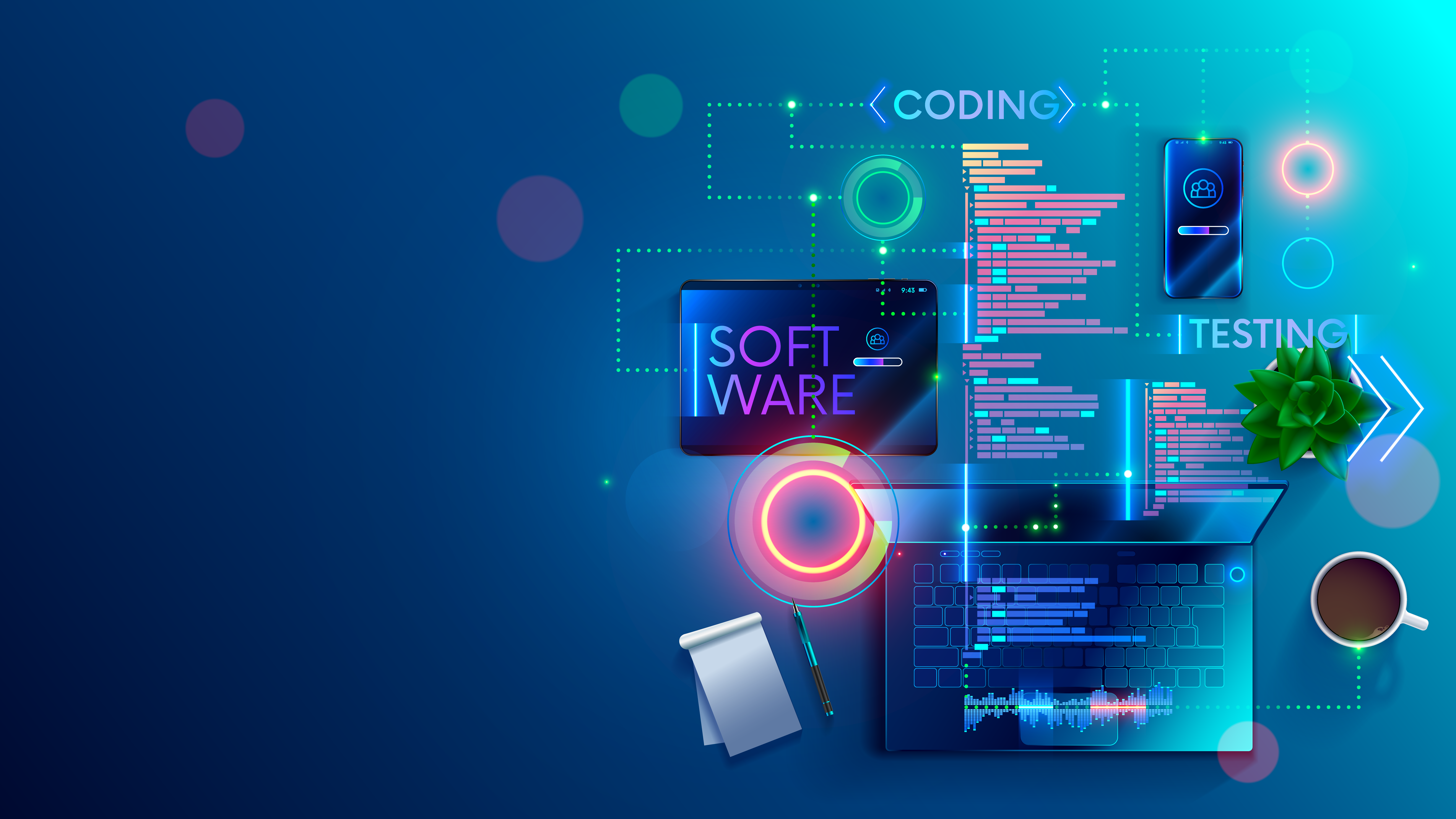
The third stage enables us to bring the design to life with the help of coding. This is the most technically crucial part of the stages of app development. After all the wireframing, prototyping, and UI/UX researching, this is the step for developers to create a functional application.
Choosing the Right Tech Stack
To get the development process right, you need to have the right tech stack backing your mobile app. Experienced mobile app developers know how a combination of programming languages, frameworks, and tools is used to create and run an application. The primary choice for the tech stack is between native and cross-platform.
- Native Development: This technology involves developing individual apps for each platform (Android and iOS) in their respective native languages. For iOS, this means Swift or Objective-C with Xcode IDE. For Android, this is Kotlin or Java with Android Studio.
- Cross-Platform Development: This method uses a shared codebase to develop an app that is run on both iOS and Android. Such popular frameworks are React Native and Flutter. The primary benefit is quicker development time and less expense since you have a single team and a single codebase.
Frontend vs. Backend Development
Think of your app as a restaurant. When you enter a restaurant, the things you see at the front, including tables, interior design, menu, and chairs, are the front-end. Whereas, everything that you don’t see, which is the kitchen, is the backend.
- Frontend Development: Frontend developers construct the UI/UX, ensuring the buttons, text boxes, and animations look good and work as expected. They implement the platform-specific languages (Swift, Kotlin) or cross-platform frameworks (React Native, Flutter) to provide a good experience to the user.
- Backend Development: This is the "brain" of your app, which deals with all the logic arising behind the scenes. The backend is responsible for data storage, user authentication, and communication with the frontend.
APIs & Integrations
If we go with our example, restaurants also have waiters who act as a bridge between the outside and inside of the kitchen; similarly, API (Application Programming Interface) serves as the bridge between the frontend and the backend of mobile applications. It is a set of rules that allows different software to communicate with each other.
APIs are important for the modern app development process because they enable integrations with third-party services, which are:
- Social media logins
- Payment gateways
- Maps and location services
- Analytics
- Push notifications
Our developers at Mobiwhiz are highly skilled at creating apps with innovative features. We are at the forefront of innovation, from using AI to deliver predictive analytics and personalized experiences to utilizing the Internet to link your app to a network of smart devices; we do it all.
Additionally, we use AR/VR to create immersive user experiences and blockchain technology for transparent and secure application development. Our experts are trained to develop apps that are highly effective and also have the capacity to adapt to new technologies.
Stage 4: Testing

Now comes the part where developers and the quality assurance (QA) team need to have a keen eye and detect any problems that may occur in the app. The testing phase puts your mobile application under examination to make sure it is ready to go live. This stage is important to ensure that your application is secure, functional, stable, and prepared to deliver an excellent user experience before it goes live.
Functional, Performance, and Security Testing
A comprehensive test consists of various steps, which include:
- Functional Testing: This is the process when every feature in your mobile app is tested to ensure it’s working as expected. The testers go through every button and user flow to make sure there are no glitches and the app performs its core tasks perfectly.
- Performance Testing: This method evaluates how your app performs under different conditions. To pass this test, your app needs to be fast, responsive, and stable. If any of these qualities are missing in your app’s performance, it might glitch when in use.
- Security Testing: This is the most critical part of testing. It ensures that your app is safe to use and protected from any attacks. In this step, the developer checks the app’s authentication processes, APIs, and data encryption. This is required to ensure that all of your users’ data will be safe.
Importance of Beta Testing
After internal testing, it is crucial to get feedback from other people. This brings us to the next phase of testing, which is beta testing. It involves releasing a near-final version of your app to a small group of people to test its functionality. It gives insights on how the app can perform better and a heads up when the app is ready to go live.
Frameworks for Mobile App Quality Assurance
The final step in testing your mobile application is QA. Developers use specialized frameworks and tools to perform Quality Assurance for the app. These frameworks automate repetitive tasks and provide a structured environment for testing. This enables developers to use tools like Appium, XCUITest (for iOS), and Espresso (Android).

At MobiWhiz, we don’t view testing as the last phase of app development. Rather, we incorporate agile testing cycles into every step of the development process. This means that from the beginning, our QA engineers collaborate closely with developers to conduct continuous testing. We stop bugs and issues from becoming more complicated later on by finding and fixing them early in the development sprint.
Stage 5: Launch
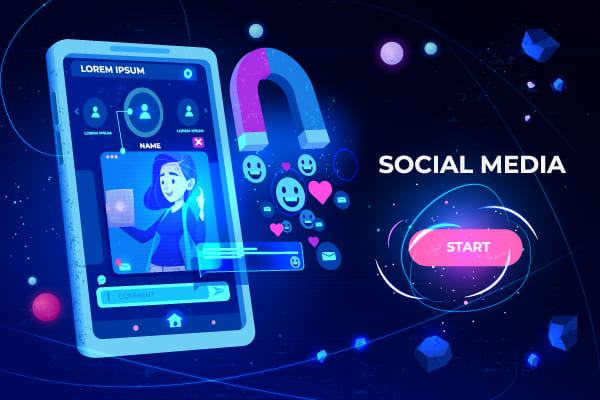
Now it’s time to bring your app out to the world. This is the phase when your app goes from being private to becoming a public product. A successful app launch is far from pressing a button; it consists of these things:
Pre-Launch Marketing
Pre-launch marketing is about letting people know about your mobile application before it goes live. This is done through the following:
- Landing Page: You need a dedicated website with a clear call-to-action (CTA) to motivate users to sign up.
- Content Marketing: Publish blogs, articles, and videos related to your mobile application and tell users what problems it solves.
- Social Media Campaigns: Use social media platforms like Facebook, Instagram, X, and LinkedIn to release teasers and updates about your mobile app.
- Press Kits: Create a press kit with high-quality screenshots and videos to send it to tech journalists and influencers.
App Store Optimization: (ASO) & Google Play Visibility
Once your app is ready to go live, its visibility on the App Store and Play Store is important. No one will download your app if it doesn’t rank on the right keyword. App Store Optimization is the process of increasing your ranking on the App Store and Google Play Store. You can see it as SEO for mobile applications.
Here are the key elements of a strong ASO strategy:
- App Icon: A unique and visually appealing icon makes your app stand out.
- App Title & Keywords: A compelling title and relevant keywords help users find your app when they search for specific terms.
- Description: A clear and persuasive description tells both the user and algorithm what your app does.
Post-Launch Support
Once your mobile application is live, it is not the end of it. Mobiwhiz developers provide the essentials to keep your mobile application performing well. This step includes monitoring performance, gathering feedback, and regular updates about your app to keep excelling.
Our work at Mobiwhiz doesn't stop when the app is developed. Together, we create a thorough launch plan that maximizes the likelihood of your app's success. We handle everything, from creating a solid analytics framework for tracking to creating successful pre-launch marketing campaigns and a strategic ASO plan. We apply our expertise to ensure that your app meets its goals right away.
Ready to create an app that stands out?
MobiWhiz is your innovation partner. We specialize in building mobile applications that attract users and bring tangible business results.
Stage 6: Maintenance
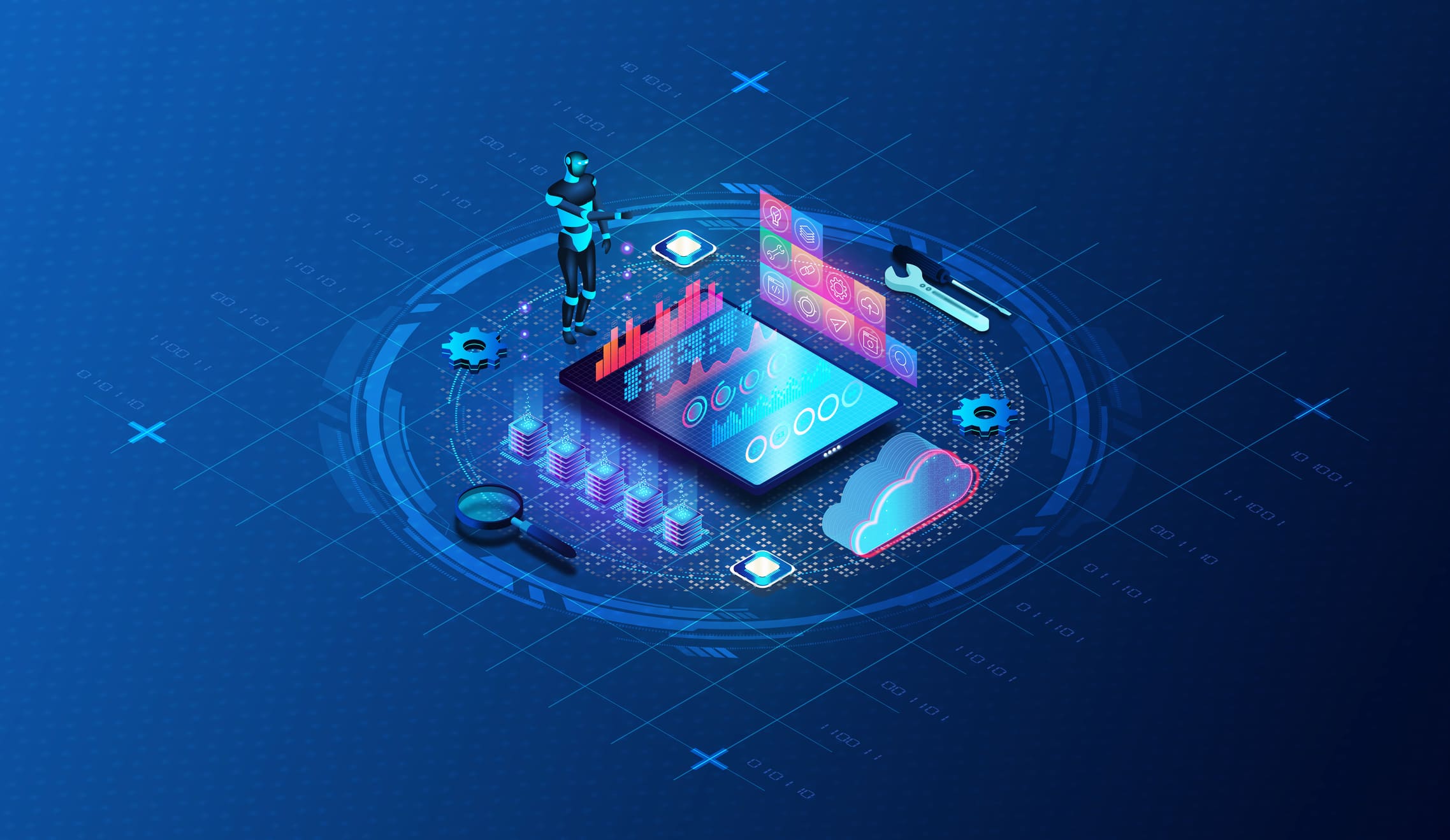
The last stage of your mobile application development lifecycle is maintenance. It is a process that involves keeping your app relevant and performing at its best. Without continuous maintenance, any app can become obsolete and lose users. Research shows that 25% of apps are used only once, and to help you avoid this, the following steps are taken to keep your mobile application up-to-date.
Continuous Updates & Feature Enhancements
The mobile apps market is highly competitive as every business is trying to bring something new for its users. A successful app keeps evolving with the help of these things:
- Bug Fixes: No app is free of bugs. No matter how well-developed your app might be, with new technologies and updates, bugs are bound to appear. The key is to identify those bugs and fix them before users encounter them.
- New Features: Your app needs to have something new coming up. If you don’t bring something new to the table for users, they might switch to something else. So new features are essential to keep your users intact.
- Compatibility: Both iOS and Google release OS updates annually. Your app needs to keep up with the updates and remain compatible with the latest technology. Otherwise, you might see a dip in your mobile application usage.
Performance Monitoring & Analytics-Driven Improvements
Your app needs constant monitoring to perform well. This is only possible with the help of data. Performance monitoring helps with the following:
- Crash Reporting: You can find and address serious problems before they impact a lot of users by using tools like Firebase Crashlytics, which offer real-time data on app crashes.
- User Analytics: Monitor important data like feature usage, session length, and user retention. For instance, you know that a portion of your app needs to be improved or redesigned if you observe a high drop-off rate on a particular screen.
- Feedback Loop: App store reviews and in-app surveys are two excellent sources of qualitative data. They give you clear information about what users like, dislike, or hope your app will have.
Scaling Infrastructure as User Base Grows
As your app gains momentum in the industry, your user base starts to grow as well. Its backend infrastructure needs to be able to handle the load of an increased user base. If your server is not able to keep up, it will slow down your application and frustrate the users. What we can do in this phase is:
- Server Upgrades: This can involve upgrading your server plans or moving to a better hosting provider.
- Load Balancing: Load balancers can be used by distributing incoming traffic among several servers.
- Database Optimization: We might need to optimize its structure and queries to ensure quick data retrieval time as your database expands.
MobiWhiz mobile app development comes with long-term support plans, which are intended to provide you with assurance and security. To keep your app operating at its best, we offer proactive performance monitoring, frequent security audits, and ongoing maintenance. We collaborate with you to plan upcoming feature updates, analyze user data, and update your infrastructure as required. Our objective is to make sure your app is a safe and useful asset for many years to come, in addition to being successful at launch.
Conclusion
Developing a mobile application is a process that needs to be thorough. From the first spark of an idea to the continuous maintenance and support work, it takes a lot to create an app. You have a complete guide for success if you follow the steps we’ve mentioned in this blog, which include the base ideation and design phases, the technical phase of development, the careful testing, the strategic launch, and the ongoing maintenance.
A successful app solves a problem and becomes a valuable business asset. Every stage of the mobile application development lifecycle builds upon the one before it, which makes every stage just as important.
Keep in mind that the most successful apps are not developed overnight. They take months of hard work, dedication, and trials. Great apps change as a result of market shifts, user demands, and technology breakthroughs.




